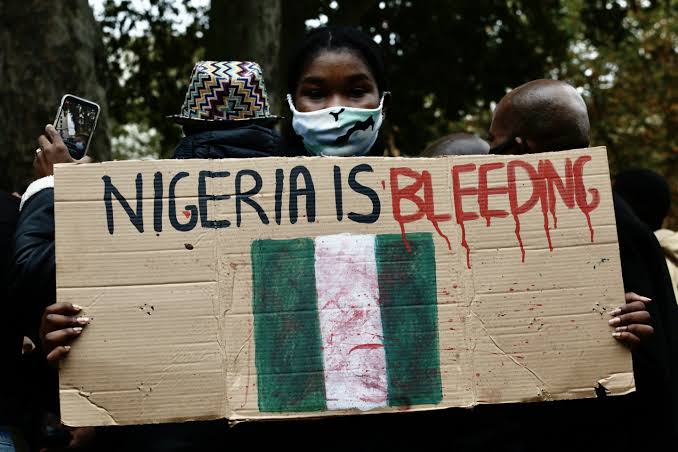By Temi Okesanjo
Recent reports of a nationwide protest against perceived poor governance have underscored a critical shortfall in our government’s crisis management strategy. Despite no specific group claiming responsibility, the President’s appeal for calm and outreach to citizens indicate a reactive approach to a looming issue.
Inspector General of Police Kayode Egbetokun has also issued a warning against violent protests, acknowledging that the movement has gained traction on social media, echoing the momentum of the Kenyan protests. While a peaceful nation is preferable to one marred by violence, it is crucial for the government to proactively manage citizen expectations and demands. If social media is where these emerging concerns are originating, then engaging with the youth on these platforms is essential.
Its imperative for the federal government to embed strategic crisis management into its core operations rather than merely responding reactively.
The recent hurried engagement with stakeholders and traditional leaders following the protest announcement exposes a significant gap in governance strategy.
Ongoing issues, such as the effects of subsidy removal, coupled with delayed public engagement, can heighten tensions and erode trust. To avoid such problems, the government should establish a dedicated unit for public relations.
Integrating timely and effective dialogue with key stakeholders into routine operations will allow for better handling of public grievances and enhance a non toxic state of the nation
To ensure true leadership and maintain national peace, the government must shift from reactive measures to a more resilient and prepared approach, there is a handfull of issues to resolve , Mr President must develop capacity within his government to address crises effectively while focusing on governance.
Temilade Okesanjo is a Strategy Consultant.

 Join Daily Trust WhatsApp Community For Quick Access To News and Happenings Around You.
Join Daily Trust WhatsApp Community For Quick Access To News and Happenings Around You.


